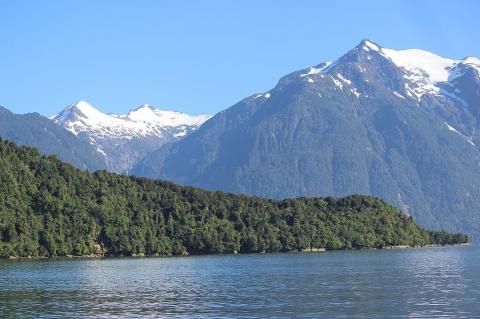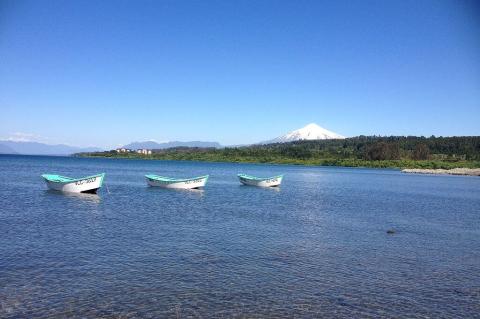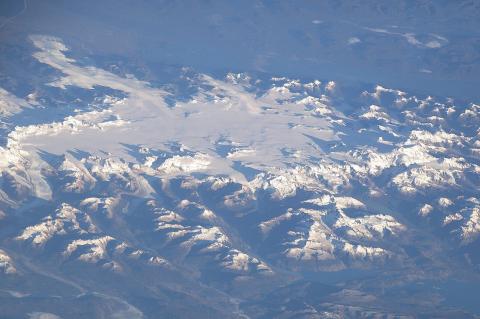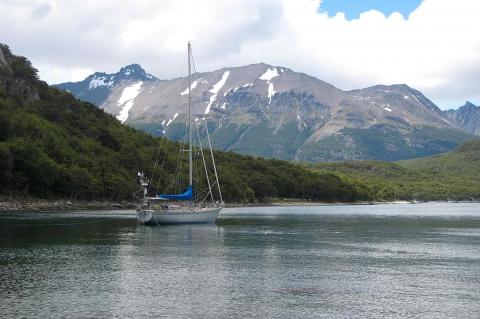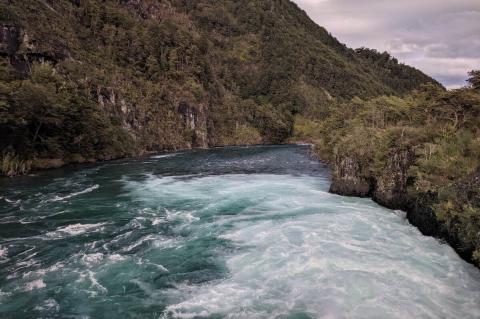Chile: Natural Landscape
Spanning about 2,700 miles north to south, Chile’s natural landscape includes deserts, grasslands, shrublands, and temperate and tropical forests. Geographers generally divide Chile into five regions or zones, each with its characteristic vegetation, fauna, climate, and topography.
